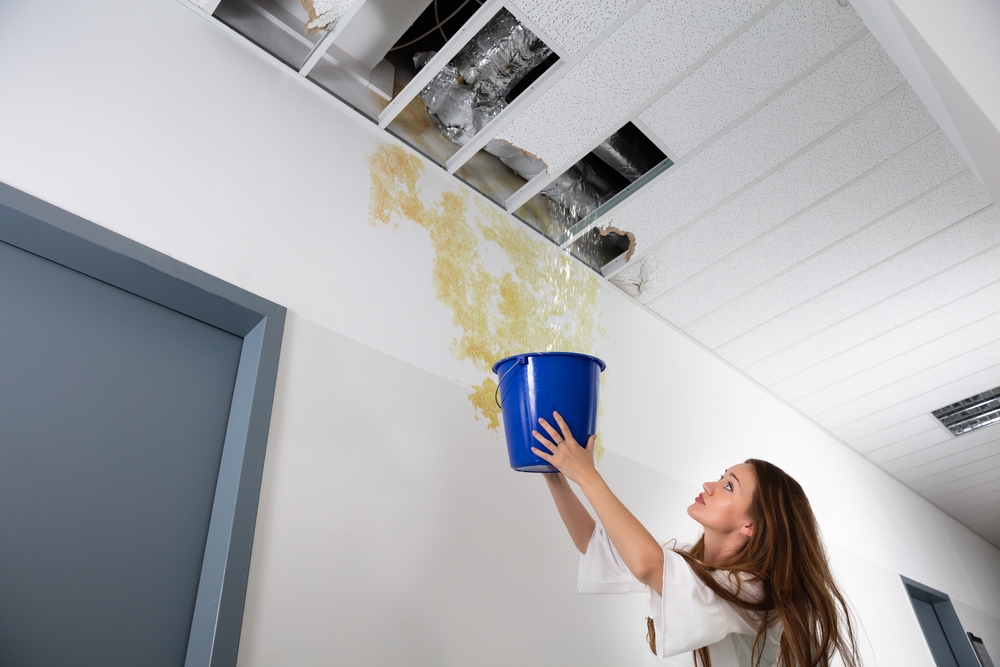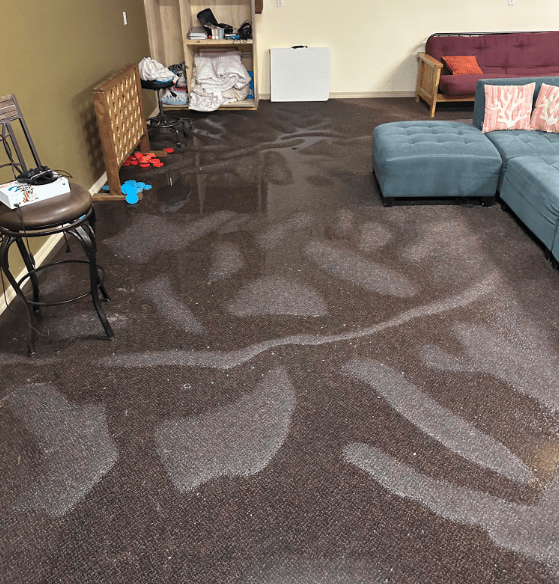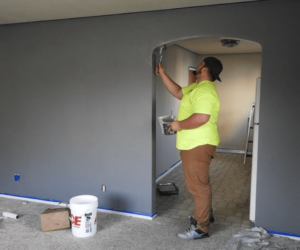In the face of increasing climatic changes and urban challenges, water damage has become a paramount concern for homeowners across the globe. Nowhere is this more evident than in regions like Denver, where the specific topography and weather patterns can exacerbate such issues.
Navigating the landscape of water mitigation in Denver, it’s essential to arm oneself with the knowledge and tools needed to both prevent and respond to water-related incidents.

This article delves into understanding the root causes of water damage, outlines proactive measures for prevention, and provides insights on restoration and recovery, all aimed at empowering homeowners to protect their investments effectively.
Understanding the Causes of Water Damage
Water damage is a pervasive issue that can compromise a property’s integrity and value. Its sources are varied:
- Natural Events: Inclement weather like storms, heavy rainfalls, or floods can introduce excessive water to areas ill-prepared to handle it. A roof’s wear and tear or inadequate drainage systems can make a property more susceptible.
- Household Disruptions: Daily domestic activities or malfunctions can be culprits. This includes overflowing bathtubs, leaky dishwashers, or burst pipes. Even a minor leak can, over time, lead to significant damage if undetected.
- Structural Failings: Homes can have inherent weaknesses. Cracks in the foundation, damaged roofs, or poorly sealed windows allow water ingress. These issues can remain hidden, causing prolonged damage.
- External Factors: Blocked municipal drains or nearby construction can alter water flow, increasing the risk of flooding.
Prevention hinges on understanding these causes. Regular property assessments, especially post-heavy rainfall or following any plumbing works, are crucial. The goal is not just damage repair, but proactive detection and rectification.
Also Read: Do You Need Water and Moisture Damage Removal In Maryland?.
The True Cost of Water Damage
When water breaches our homes, the immediate visual aftermath is only the tip of the iceberg. Beneath the surface, the true cost of water damage extends beyond the initial repairs.
Structural integrity can be jeopardized, making a property unsafe and diminishing its market value. Walls, floors, and even the foundational elements may warp, rot, or crumble.
Personal belongings, particularly those of sentimental value or irreplaceable nature, can be lost forever.
Moreover, damp environments become hotbeds for mold growth. This not only presents a structural concern but a health one, as mold can trigger respiratory issues, allergies, and other ailments.
The emotional toll shouldn’t be underestimated. The stress of restoration, financial burdens, and potential health issues can be overwhelming. In essence, the ramifications of water damage are multifaceted, affecting both the tangible and intangible facets of homeownership.
Basic Home Maintenance for Prevention

Protecting your home from potential water damage requires both vigilance and routine care. To minimize the threats posed by unwanted moisture, adhere to the following strategies:
- Roof and Gutter Maintenance: These are your first lines of defense against rain. Clean gutters regularly to prevent blockages, ensuring water is directed away from your home’s foundation. Inspect your roof for signs of wear or damage, replacing tiles or shingles as needed.
- Seal Windows and Doors: Over time, seals can deteriorate. By resealing gaps in windows and doors, you prevent potential water ingress during wet seasons.
- Inspect Plumbing: A small leak can become a major problem if left unchecked. Regularly inspect under sinks, around bathtubs, and behind appliances for signs of leakage or moisture.
- Mind the Landscaping: Water should flow away from your home. Slope landscaping accordingly and consider adding French drains if water pooling occurs near the foundation.
- Basement and Foundation Care: Basements can be moisture magnets. Use dehumidifiers in damp months, and inspect for foundation cracks that may allow water inside.
- Test Sump Pumps: If your home has a sump pump, test it periodically. This will ensure it operates effectively during heavy rainfalls.
- Regularly Check Appliances: Dishwashers, washing machines, and refrigerators can all be water damage culprits. Ensure their hoses and connections are intact.
Also Read: Top 4 Ways To Save Money And Time On Home Maintenance.
Implementing Advanced Water Damage Prevention Systems
In our tech-driven age, advanced solutions complement traditional water damage prevention methods, offering homeowners enhanced protection. Smart home water sensors can be strategically placed in high-risk zones, such as basements or near appliances, to detect moisture levels and trigger alerts even before visible damage occurs.
For properties in flood-prone areas, sump pumps with Wi-Fi connectivity notify homeowners of any malfunction, ensuring rapid response to rising water levels. Moreover, modern drainage systems, equipped with sensors, can adapt to changing environmental conditions, redirecting water away from foundations more efficiently.
Automated shut-off valves, integrated into home plumbing networks, can detect irregular water flow, such as from a burst pipe, and halt water supply, mitigating potential damage. Investing in these cutting-edge systems, homeowners fortify their properties, leveraging technology’s prowess to stay one step ahead of potential water-related disasters.
When it comes to safeguarding your property from costly water damage, it’s crucial to factor in flood insurance cost as an essential component of your financial protection strategy.
Emergency Preparedness for Water-Related Incidents
Preparedness is essential, as water-related emergencies can arise suddenly and without much warning. Firstly, every homeowner should know the location of the main water shut-off valve, a critical tool to stop water flow during major leaks.
Create an emergency contact list that includes trusted plumbers, local water extraction services, and insurance representatives. Investing in a basic water damage toolkit—comprising of sandbags, a battery-operated sump pump, and a wet-dry vacuum—can be instrumental in immediate response scenarios.
Waterproof containers should be on hand to protect essential documents and valuables from sudden water exposure. Regularly back up digital files to cloud storage or external drives.
Familiarize yourself with your insurance policy’s specifics concerning water damage. A clear understanding of what’s covered expedites claims should incidents arise.
Restoration and Recovery Post Water Damage
After water damage strikes, swift action is imperative. Begin by stopping the water source, if not already done.
Prioritize safety: switch off electricity in affected areas to prevent hazards. Document the damage with photographs for insurance claims. Reach out to professional restoration services, who can efficiently extract water, dry out spaces, and prevent mold growth.
Discard items too damaged to save, but many belongings, when addressed promptly, can be salvaged. Engage in mold remediation to ensure a healthy living environment.
Conclusion
Water damage, while daunting, is a challenge homeowners can adeptly manage with proactive measures and informed responses. Understanding the root causes, implementing advanced prevention systems, and being prepared for emergencies ensures a resilient defense against potential threats.
Even in the aftermath of water incidents, proper restoration techniques can restore normalcy. Ultimately, by marrying vigilance with actionable knowledge, homeowners can safeguard their cherished spaces, ensuring their homes remain both a valuable asset and a secure sanctuary for years to come.



